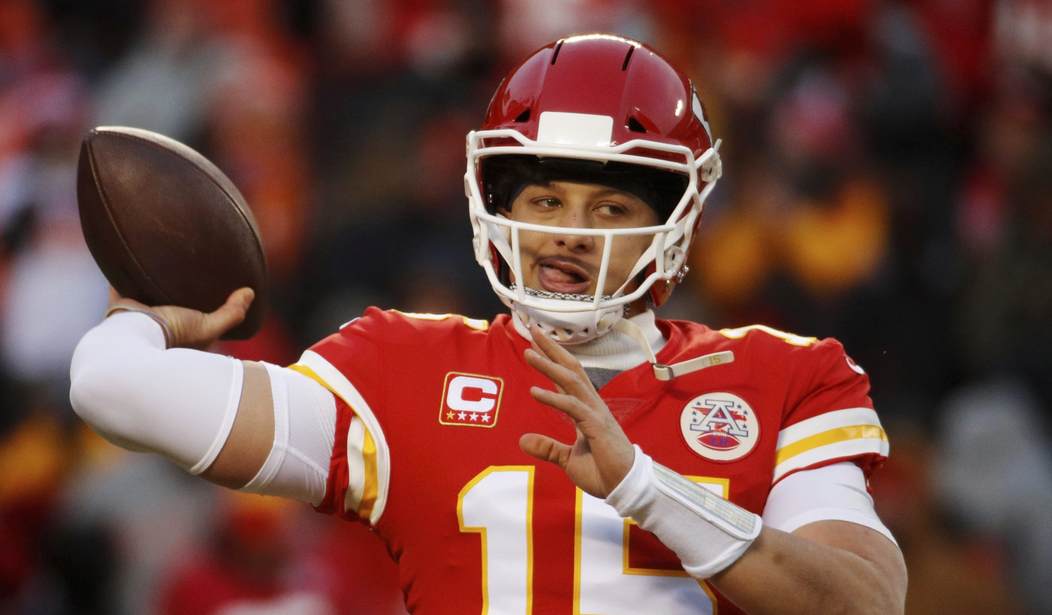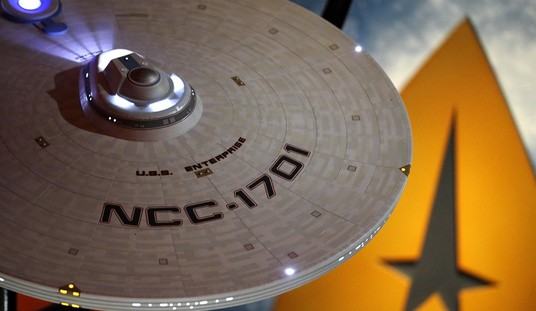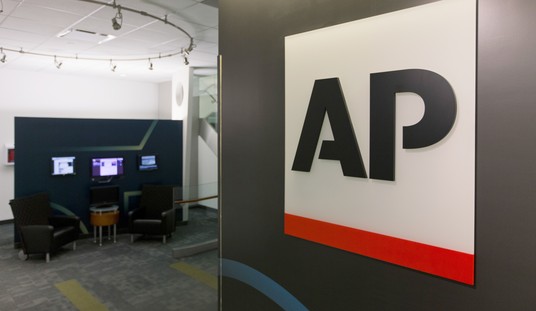The NFL is back. The duel between super first-year starter Patrick Mahomes and the seemingly ageless Tom Brady was not only as entertaining as football gets, but it also had a 30-plus rating — a 25 percent increase over last year’s AFC title game.
And the comeback, like the decline, had nothing to do with politics or social controversy and everything to do with compelling quarterback play. The NFC title game, which also featured a young gun versus a great veteran, was also up bigly.
Last week, Rush Limbaugh, a yuge football fan, was dying to get back to talking about his favorite sport. So, he found an ingenious, if convoluted, way to do it without offending NFL boycotters. Donald Trump, he declared, saved the NFL by making them abandon political protest and get back to football. Creative doesn’t begin to describe that thesis.
Despite all the noise, politics had little to do with the decline of NFL ratings. Poor quarterback play combined with cable customers cutting the cord were the primary factors. Last year, for instance, television watching was down 9 percent, approximately the same percentage that NFL viewing was down.
Just like the NBA ratings plummeted right after the retirement of Michael Jordan, viewers were less compelled by the NFL when they no longer had a Brady vs. Manning rivalry to watch after the 2015 season.
Even worse, there were darn few young quarterbacks who looked ready to step into those shoes. Out of 32 teams, there were five quarterbacks I would have paid to watch in the whole league: Brady, Aaron Rodgers, Ben Roethlisberger, Drew Brees, Russell Wilson, and… who? Philip Rivers? Joe Flacco? Andrew Luck, perhaps.
The league lost its most compelling storyline — there was a matchup of marquee quarterbacks about once a month — especially since the rivalries were all in different divisions. Thursday Night Football was a complete travesty.
Let’s face it, folks, American universities were too focused on indoctrinating snowflakes to concentrate on their primary purpose — providing the NFL with quality starting quarterbacks!
2017 was the year in which Stat Padford — oops I mean Matt Stafford — was the highest paid player in the league for about five minutes, and Matt Ryan was considered a top-five quarterback in the NFL.
After that season, teams were so desperate for quarterbacks that long-term mediocrities like Case Keenum and Kirk Cousins were paid more than Tom Brady in free agency.
It wasn’t Colin Kaepernick who drove people away — if anything, people tuned in to watch him lose after getting his starting job back so they could laugh at him — it was that they had more compelling things to do than watch an epic Case Keenum vs. Blake Bortles battle. Groan. Cable cutters had little reason to make football their exception to walking away from TV.
In reality, the NFL boycott was more a social media phenomenon among people who didn’t watch much football anyway. It gave Donald Trump (who is a genius at such things) a convenient wedge to tell the nation that if you were with him, you were with the flag. It was probably just gravy that it was also a good chance for the driving force behind the USFL to exact a little revenge on the league that first snubbed Trump, then crushed him in head-to-head competition.
The week before Donald Trump’s speech in Alabama, 10 out of 1700 players knelt (another couple of players stood, but put a hand on the shoulder of a kneeling player) during the National Anthem, and none of them were major stars. Colin Kaepernick was no longer in the league. This was worthy of national attention? The “movement” was fizzling on its own.
For years, liberals have hated football as the ultimate civilian expression of “toxic masculinity.” Their reasoning was that if you’d hit another man on Sunday, you’d probably start in on your wife on Monday. Some even projected this thesis to us deplorables who watch. El Rushbo and conservatives generally defended football. Suddenly, boycotting the NFL became the cause de guerre of populist conservatives.
Breitbart News took the lead in trumpeting every drop in viewership, posting pics of half-empty stadiums at the beginning of games as though they represented the actual attendance (only playoff games in sports are filled for the opening pitch, kick, jump, or puck drop).
Pictures were posted of players who knelt in solidarity in response to Trump trashing them as wimps (the forgotten part of the speech) before, not during the anthem. (Look for a few of them in the comment section below.)
But even after Trump elevated the issue, only about 10 percent of NFL players ever participated in any anthem-related protests. Ever. That’s too many, but surprisingly low when you consider that 99 percent of them were force-fed radicalism in required college courses — especially those directed to social sciences to keep their grades and eligibility up. And then it generally fizzled again.
But subpar quarterback play continued.
Ratings, like the climate, have always fluctuated. There were big drops in ratings in 2008 and 2012, as well as a huge drop in young viewers in 2003. There were no anthem protests those years. Ratings can also be hurt by having terrible teams in big markets like the California and New York.
So why the rebound in 2018? It wasn’t because of the new policy on anthem protests. That was as heavy-handedly bungled as every attempt by NFL owners to try to regulated the private lives of their unionized employees has been. And there are still three players who protest during every anthem (many of the dirty dozen who protested before the Trump speech have washed out of the league). So our long national nightmare led to a handful fewer players protesting a year later. The difference is, everyone is rightly ignoring them.
The rebound started with the electrifying newcomer, Kansas City Chiefs’ quarterback Patrick Mahomes. He’s an athletic and personally appealing young man who can throw sidearm like a shortstop or even no-look a pass like a point guard. He’s surrounded by a dynamic group of skilled players who can take advantage of his brilliance.
Then you had:
- Jared Goff and the Los Angeles Rams putting up points in prolific fashion
- The return to form of Andrew Luck
- The emergence of the electrifying Lamar Jackson replacing the dull Joe Flacco in Baltimore
- Drew Brees looking like he might play as long as Tom Brady
- Aaron Rodgers on one gimpy leg trying to carry a terrible supporting cast on his shoulders
- Mitch Trubisky bringing flair to, of all places, the Chicago Bears
- Baker Mayfield taking the previously 0-16 Browns on a late season tear and being the spoiler for the Steelers’ season
- Tom Brady looking vulnerable (until the playoffs)
- The prospect that maybe this was finally the year for Philip Rivers to do damage in the playoffs
- Deshaun Watson leading the Texans on a long winning streak
- Several weeks of Fitzmagic
For the first time in a long time, there was at least one compelling quarterback matchup every week. That is how you get fans back.
Both conference championships featured young guns vs. certified lock Hall of Famers who are mentioned with the all-time greats — and only a horrible pass interference call kept the Super Bowl from being possibly the last matchup between Drew Brees and Tom Brady. Instead, the upstart vs. aging superstar narrative continues for one more game — and two weeks of hype.
But compelling football storylines like that were exactly what the NFL had been missing. Look for monster Super Bowl ratings and continued growth next year.
And for Patrick Mahomes to take over the league… eventually. Brady doesn’t look like he’s giving it up just yet.









Join the conversation as a VIP Member